Retro Replay Review
Gameplay
Dread Mac Farlane presents itself as a classic point-and-click adventure crafted in the AGS engine, but with a distinctive top-down, tilted camera perspective that pushes the player to carefully explore every corner of each scene. Instead of multiple action icons, you’re given a single, all-purpose cursor, which streamlines interactions but also introduces occasional guesswork when determining how to use inventory items. This simplicity helps keep the pace brisk, though newcomers to the genre may find themselves pixel-hunting for hotspots more often than they’d like.
(HEY YOU!! We hope you enjoy! We try not to run ads. So basically, this is a very expensive hobby running this site. Please consider joining us for updates, forums, and more. Network w/ us to make some cash or friends while retro gaming, and you can win some free retro games for posting. Okay, carry on 👍)
The puzzle design leans heavily on inventory combinations and environmental clues lifted from the source material. You’ll assemble pieces of a map, trade trinkets with quirky NPCs, and decode cryptic hints scrawled in pirate journals. While the majority of challenges remain logical and fair, some sequence breaks—especially in tighter locales—require pixel-perfect clicks that can lead to mild frustration. Fortunately, deaths are never permanent and quick reloads are possible, so a wrong step only sets you back moments, not hours.
One of the most engaging aspects of the gameplay is how story panels from Marion Poinsot’s original comic are interwoven between chapters. After completing key puzzles, the screen fades to beautifully illustrated panels that deepen your understanding of Dread’s world and motivations. This weaving of gameplay and graphic narrative keeps the momentum going, ensuring that each puzzle solved feels like a meaningful step in a larger epic rather than a mere mechanical hurdle.
However, it’s worth noting that the entire game is presented in French, including item names, dialogue, and puzzle clues. For non-French speakers, this can pose a real obstacle—contextual guessing and external translation tools become necessary. On the other hand, for francophone players and fans of the original comic, this authenticity heightens immersion and stays faithful to Marion Poinsot’s vision.
Graphics
The visual style of Dread Mac Farlane will feel immediately familiar to anyone who’s dabbled with RPG Maker kits, particularly RPG Maker XP, as many of the sprites and tilesets originate directly from that toolkit. Characters and objects are rendered in crisp 2D pixel art, with bright, contrasting colors that suit the cartoonish tone of the comic. While some textures appear recycled, the overall presentation retains a handcrafted charm.
Scene layouts adopt a wider, almost strategic viewpoint, which allows you to see more of the environment but also results in relatively small character sprites. Animations are modest—walking cycles, simple interaction gestures and basic cutscene fades—but they get the job done. The distant perspective occasionally makes it hard to distinguish interactive items from background art, reinforcing the need for pixel-hunt vigilance.
Perhaps the most striking graphical feature is the inclusion of full-color panels from the original La Carte d’Estrechez comic during narrative interludes. These high-resolution illustrations contrast sharply with the engine’s lower-res sprites, creating a delightful interplay between gameplay and story. These breaks in the 2D engine’s monotony serve as visual highlights and remind players of the rich source material underpinning the adventure.
Story
Dread Mac Farlane faithfully adapts the first album of Marion Poinsot’s beloved comic, La Carte d’Estrechez, tracing the hero’s journey from precocious childhood to buccaneering prodigy. The narrative unfolds in strict chronological order, allowing players to witness Dread’s growth as she navigates boarding parties, outwits rival pirates, and deciphers the mysteries of an enigmatic treasure map. This coherent timeline fosters a strong emotional connection to the protagonist’s coming-of-age tale.
Between gameplay chapters, scanned panels from the original comic book enhance the storytelling, revealing nuances and backstory that the AGS engine cannot convey on its own. These vignette moments showcase Poinsot’s art and help explain character motivations, world-building details, and subtle plot twists. For fans of the series, seeing the authentic illustrations on screen feels like a personal touch from the author herself.
Secondary characters, from bumbling deckhands to fellow pirates, are introduced with just enough depth to make each encounter memorable. Though the limited runtime means some sideplots remain underexplored, the tight focus on Dread keeps the story lean and engaging. Moments of humor—quippy dialogue, slapstick mishaps, and pirate-themed puns—are sprinkled liberally, lightening the mood even as stakes rise.
Altogether, the plot strikes a delicate balance between linear progression and episodic adventure. You’ll never feel lost in a web of sidequests, yet each chapter builds toward a satisfying midpoint climax that sets the stage for the character’s next grand escapade. While the tale ends before true pirate fame is secured, it leaves you eager to dive into subsequent reworkings or the original comic volumes.
Overall Experience
Playing Dread Mac Farlane feels like uncovering a hidden gem of French indie game design—a nostalgic throwback to AGS adventures with the soul of a classic comic. Its straightforward puzzles, punctuated by moments of pixel-hunt frustration, won’t pose the toughest challenge you’ve ever faced, but the blend of original art panels, vibrant sprite work, and heartfelt story more than makes up for any mechanical simplicity.
At roughly four to six hours of playtime, the game is relatively brief, and its linear structure offers limited replay value once the comic panels and key puzzles are committed to memory. However, the sense of discovery on a first run—especially for readers new to Poinsot’s world—is richly rewarding. If you’re invested in Dread’s saga, you’ll likely appreciate the chance to revisit familiar scenes and hunt for any missed Easter eggs.
Non-French speakers should be prepared to lean on translation aids or community patches, as there are no official language options beyond the original French text. While this authentic presentation respects the material’s roots, it does raise the barrier to entry for international audiences. Still, the coherent visuals and intuitive interface often provide enough context to piece together the narrative, even with limited linguistic knowledge.
In the grand scope of pirate-themed adventures, Dread Mac Farlane stands out as a passionate first outing by Marion Poinsot. It may have been surpassed in length and polish by its own later reworking, but this initial adaptation remains a testament to creative faithfulness and indie resourcefulness. For admirers of the comic and lovers of retro AGS charm alike, it’s a voyage well worth embarking upon.
 Retro Replay Retro Replay gaming reviews, news, emulation, geek stuff and more!
Retro Replay Retro Replay gaming reviews, news, emulation, geek stuff and more!
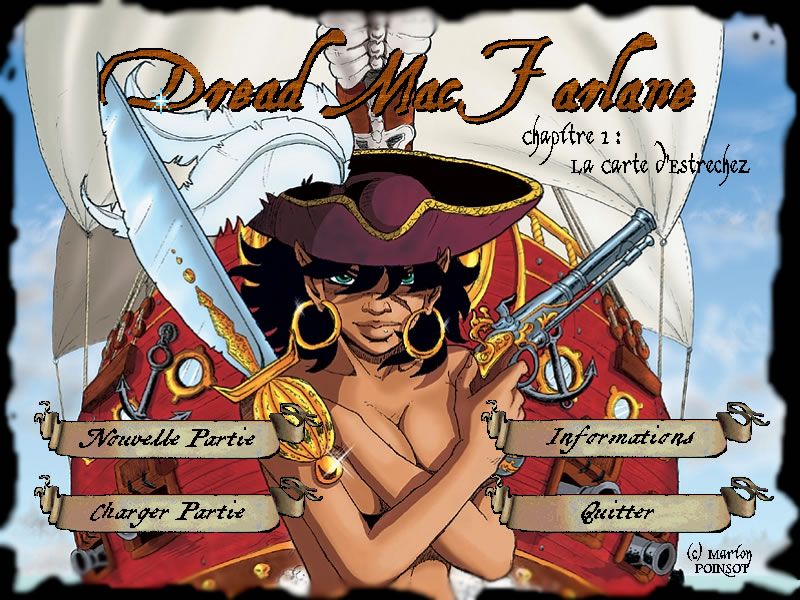

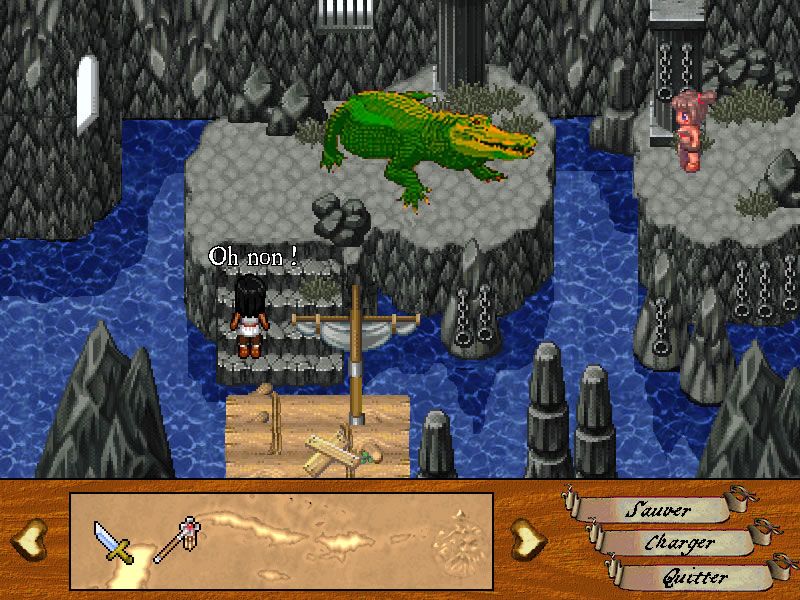
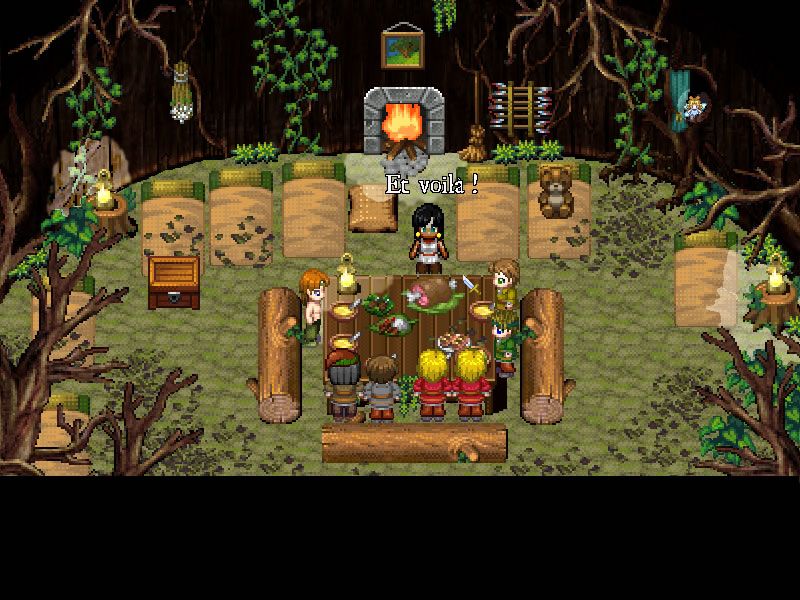
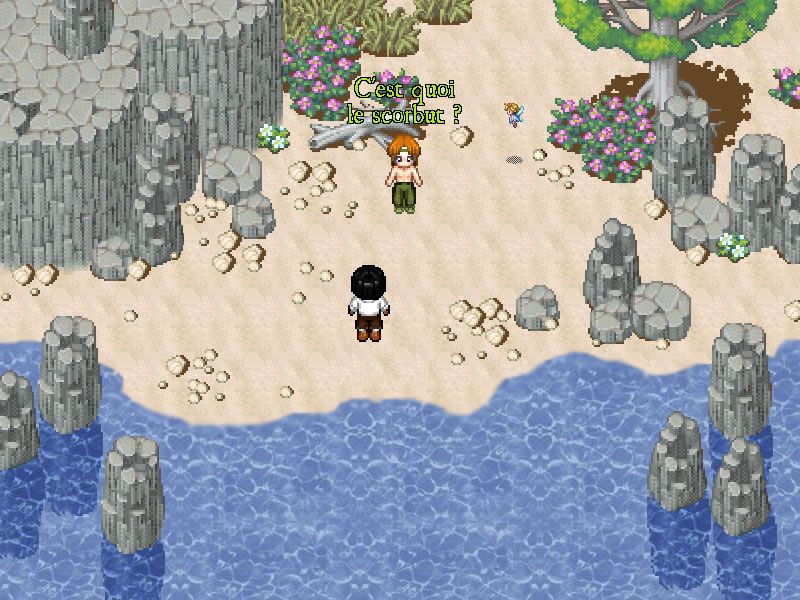
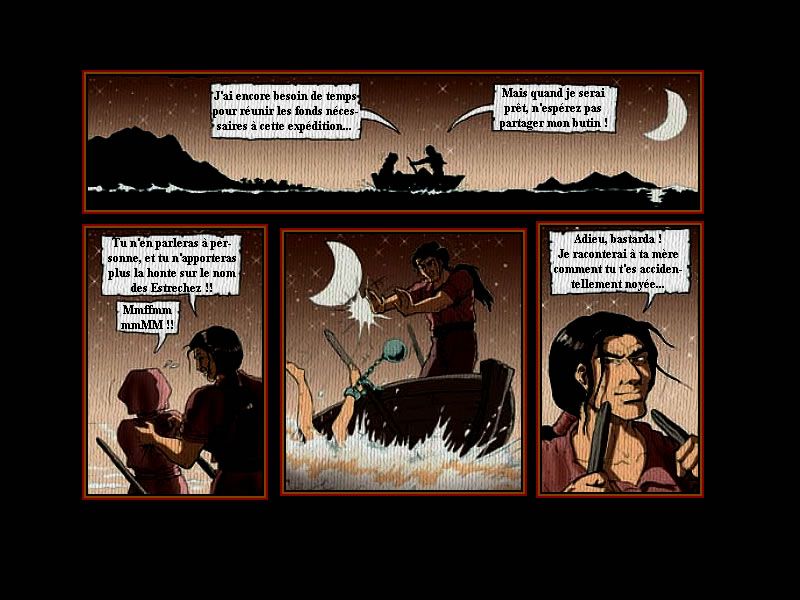



Reviews
There are no reviews yet.